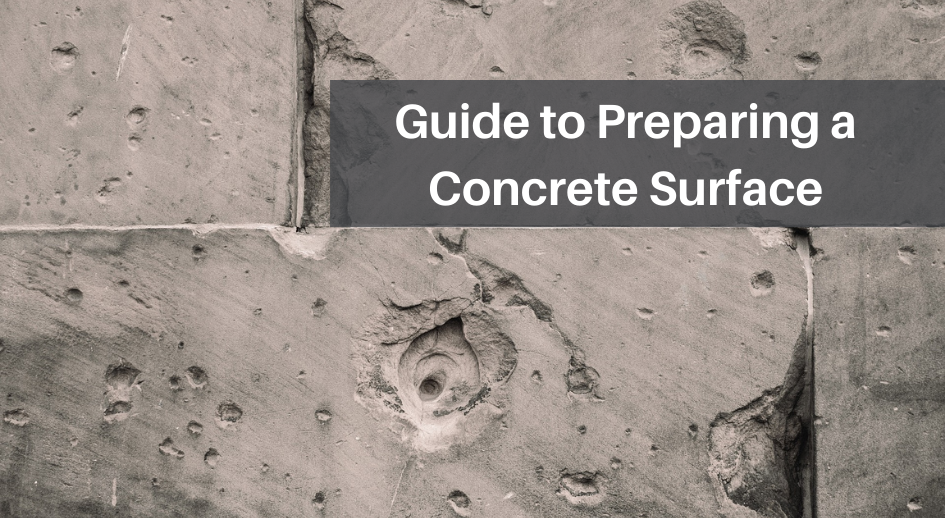
A Comprehensive Guide to Preparing Concrete Surfaces
Last Updated: December 22, 2023 Concrete surfaces are often overlooked when it comes to surface preparation, but they’re just as crucial as those made of metal. Whether you're planning repairs or applying a new coating, proper preparation ensures the best possible outcome. Here’s everything you need to know about preparing a concrete surface.When Is It Time to Prepare Your Concrete Surface?
Before starting any repair or coating project, you must address any issues with the existing surface. Concrete that needs attention typically shows signs of damage such as visible cracks, blisters caused by trapped air bubbles, scaling due to freezing conditions, spalling (flaking), or delamination (separation of the surface layer). You can test whether your concrete is sound by lightly tapping it with a hammer—if it sounds hollow or shows signs of crumbling, it needs treatment. Sound concrete should produce a solid, resonant sound when struck.Why Is Surface Preparation So Important?
The preparation phase is essential for ensuring the longevity of your repairs and coatings. Without adequate preparation, the bond between the repair material and the concrete may fail over time, leading to costly future repairs. Removing loose or damaged layers prevents them from breaking away later, while roughening the surface improves adhesion for new coatings or overlays. Properly prepared concrete allows the repair materials to integrate seamlessly with the original structure.How Can I Roughen My Concrete Surface?
There are multiple ways to roughen a concrete surface depending on its condition and intended use. Common methods include: - **Mechanical Methods**: Sandblasting is an effective way to remove unsound concrete while creating texture for better bonding. - **Chemical Treatments**: Acid etching can gently abrade the surface for sealants and thin coatings. - **Water Jetting**: This powerful technique can dislodge larger particles, making it ideal for thicker overlays. Each method serves different purposes, so selecting the right one depends on your specific needs.Etching vs. Blasting: Which Should I Choose?
Both acid etching and abrasive blasting are popular choices for roughening concrete. Acid etching works well for delicate applications requiring only mild abrasion, whereas abrasive blasting provides greater control over the degree of roughness. If you're dealing with large-scale projects involving heavy-duty coatings or repair overlays, water jetting might be the optimal choice since it can handle tougher materials like coarse aggregates.What About Coatings?
Once your surface is ready, choosing the correct coating becomes vital. Concrete-specific finishes tend to offer superior sealing properties compared to generic options. However, always consult with your supplier before deciding—they may have recommendations tailored specifically to your situation.Need Expert Guidance?
At Finishing Systems, we specialize in providing high-quality abrasives and tools necessary for successful concrete preparation. Our team would love to help guide you through every step of the process. For more details about our offerings or to request a free quote, feel free to reach out anytime via our website. Thank you for reading! Let us know if there's anything else you'd like to learn about concrete maintenance or surface preparation techniques. Happy building! Contact Us TodaySelf-Propelled Sprayer,Self Propelled Ag Sprayer,Self-Propelled Agricultural Sprayer,Agricultural Self-Propelled Sprayer
Gongzhuling Huaxi Agricultural Machinery Manufacturing Co.LTD , https://www.hxzbjx.com
